Best Practices Articles

PartnerOps: How Automation Builds Smarter Partnerships
PartnerOps is changing how businesses work with partners. It helps companies manage their partner ecosystem better.
PartnerOps uses tools like automation and AI to make work faster and easier. It also connects partner operations with sales and marketing. This creates a stronger path for business growth. In the past, companies used spreadsheets and emails to track partner work. That took too much time. Today, partner relationship management software and automation make things simpler. They help companies recruit, train, and support partners in smarter ways. This article explains how PartnerOps helps companies grow. It shows how automation makes partner onboarding, training, and performance better. It also explains how PartnerOps connects with sales and customer support. You will also read about real examples and future trends in this space.-
PartnerOps Makes Partner Recruitment Faster
Finding new partners used to be slow. Teams had to check each partner’s skills one by one. Now, PartnerOps platforms use AI to speed this up.
These tools look at a partner’s history, sales, and market fit. They help companies find the right partners fast.
Automation also makes contracts and sign-ups easier. Companies no longer wait weeks to onboard a new partner. Instead, they use digital forms and e-signatures. This saves time and money.
With PRM software, companies can even predict which partners will do well. This means less guessing and more smart decisions. When recruitment becomes fast and data-driven, companies build better partner ecosystems.
-
Smarter Onboarding Through Automation
Once a partner joins, they need training. In the past, teams held in-person sessions. That took time and cost a lot. Now, PartnerOps tools let partners train online.
Digital portals let new partners learn at their own speed. These platforms give videos, quizzes, and certificates. A partner can become sales-ready in days instead of weeks. This helps businesses earn money faster from each new partner.
AI also adds value here. Chatbots answer common questions. They guide partners through each step.
Self-help tools give instant support. This means partners do not need to wait for emails or phone calls.
Many companies now see higher partner satisfaction. They also keep more partners in the long run. Smart onboarding supports partners from the start.
-
Ongoing Partner Support Using AI
PartnerOps is not only about getting new partners. It also helps businesses take care of existing ones. Automation sends each partner helpful content based on their needs.
For example, one partner may sell better with video tips. Another may need product guides. The PartnerOps system tracks this and sends updates without delay.
Partners also get alerts on new deals or changes. These alerts help them stay on track. AI tools suggest the next steps. They even help partners register new deals or track customer feedback.
This ongoing support keeps partners active. It also makes partner programs easier to manage. Businesses no longer chase partners for updates. Instead, the system keeps everyone connected and informed.
-
Connecting PartnerOps with Sales and Revenue Teams
In the past, partner operations teams worked alone. They did not talk much with sales or marketing. This led to delays and confusion. Now, PartnerOps tools fix this by linking teams together.
When PartnerOps tools work with CRM and marketing platforms, everyone sees the same data. Sales teams track which partner brings the best leads. Marketing teams measure the success of partner campaigns. Support teams help partners close more deals.
This teamwork boosts revenue. Companies can now see the full journey—from partner lead to closed deal. They also know which partners add the most value.
Partner compensation becomes smarter too. AI tools adjust bonuses or discounts based on real-time work. This keeps partners motivated. It also rewards the best partners quickly.
-
Using AI for Partner Performance and Planning
Another big win for PartnerOps is AI-based analytics. These tools look at sales numbers, engagement, and feedback. They score each partner and show where to focus.
Let’s say a partner is losing deals. The system spots this early. It may suggest new training or more help.
If another partner is doing great, the system flags that too. Businesses can then support top partners and help others improve.
AI also helps with future planning. It looks at past data and predicts what will happen next. It may say, “This partner will likely close more deals next month,” or “This market needs more partner support.”
With this info, businesses make smarter choices. They invest where it matters most. They also stop wasting time on partners who are not a good fit.
-
Partner Marketing Gets a Boost
Marketing with partners can be hard. You need to track leads, share content, and follow up on results. PartnerOps tools make this easier.
AI looks at marketing numbers—like clicks, leads, and sales. It shows which campaigns work and which don’t. This helps marketing teams create better plans.
The tools even suggest the best time and channel to reach customers. They may say, “Send emails on Tuesday,” or “Use video instead of text.”
This level of support gives partners a better chance to succeed. When marketing works well, everyone wins—partners, customers, and your company.
-
The Future of PartnerOps Is Bright
PartnerOps is getting better each year. Soon, virtual assistants will help partners in real-time. They will answer questions, give updates, and suggest next steps.
New tech like blockchain may help too. It can make partner payments faster and more secure. No more waiting for checks or emails.
Also, we will see more hyper-personalized support. AI will track how each partner works. It will then create a custom plan for each one. This will build trust and loyalty.
In the future, PartnerOps will help companies close more big deals. AI will look at customer needs and tell which partner is the best match. This will save time and increase revenue.
-
Real Examples of Success
Many companies already use PartnerOps to grow faster. Some saw a 30% drop in onboarding time. Others saw a big rise in partner sales.
One tech firm used AI to spot slow-performing partners. They offered help early. This stopped problems before they got worse.
Another business added chatbots to its PRM platform. Partners loved it. Support tickets dropped, and satisfaction scores went up.
These real-world wins show that PartnerOps works. When companies use the right tools, they get better results.
Conclusion
PartnerOps is not just a tool. It is a way to grow your partner network with smart planning and automation. It helps you find the right partners, train them fast, and keep them happy.
By using automation, you save time and cut costs. You also make better decisions. PartnerOps connects your partner team with sales, marketing, and support. This helps you grow your business faster.
AI tools take this to the next level. They predict what will happen next. They guide your team and partners toward success. They improve partner experience and drive more revenue.
As more companies move to automated partner systems, the best results will come to those who act early. Investing in PartnerOps today can help you lead tomorrow.
Best Practices Guidebook
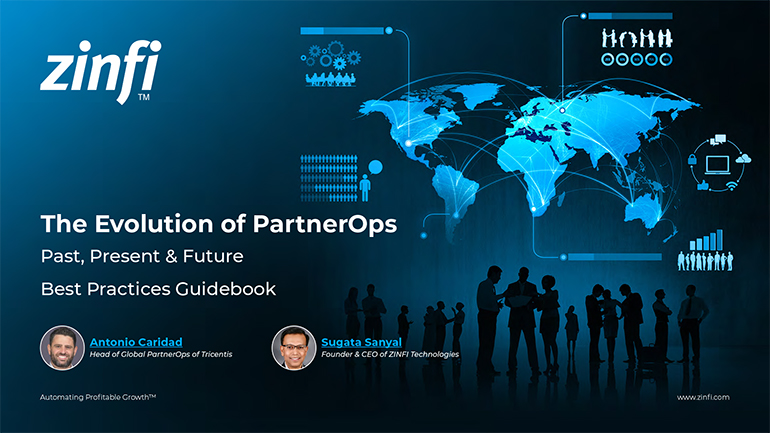 The Evolution of PartnerOps: Past, Present & Future Best Practices
The Evolution of PartnerOps: Past, Present & Future Best PracticesDownload Guide
 Mastering Channel Sales: Strategies, Best Practices, and Growth Tactics for 2025
Mastering Channel Sales: Strategies, Best Practices, and Growth Tactics for 2025Download Guide
 Winning with Partner Advisory Councils: Best Practices for Partner Engagement & Growth
Winning with Partner Advisory Councils: Best Practices for Partner Engagement & GrowthDownload Guide
 The Future of Partner Ecosystems Best Practices
The Future of Partner Ecosystems Best PracticesDownload Guide
 The AI Revolution: How Technology and Talent are Shaping the Future
The AI Revolution: How Technology and Talent are Shaping the FutureDownload Guide
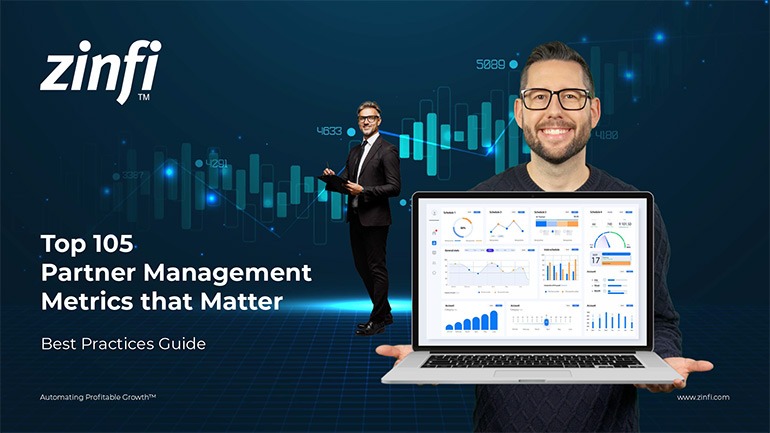 Top 105 Partner Management Metrics that Matter Best Practices
Top 105 Partner Management Metrics that Matter Best PracticesDownload Guide
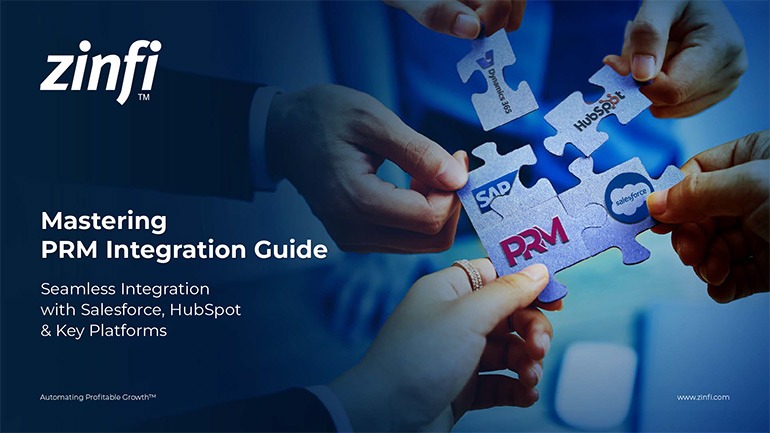 Mastering PRM Integration Best Practices
Mastering PRM Integration Best PracticesDownload Guide
 Building a Sales Partner Portal with Salesforce Best Practices
Building a Sales Partner Portal with Salesforce Best PracticesDownload Guide
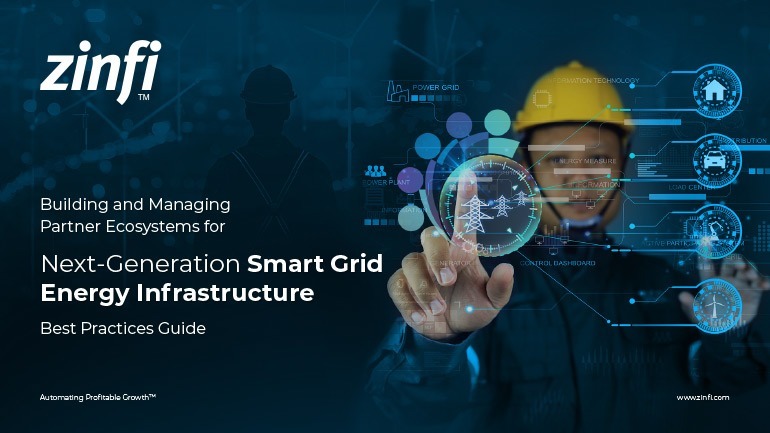 Building and Managing Partner Ecosystems Best Practices
Building and Managing Partner Ecosystems Best PracticesDownload Guide
 Mastering Co-Marketing and Co-Selling Best Practices
Mastering Co-Marketing and Co-Selling Best PracticesDownload Guide
 Transforming Partner Ecosystems Best Practices
Transforming Partner Ecosystems Best PracticesDownload Guide
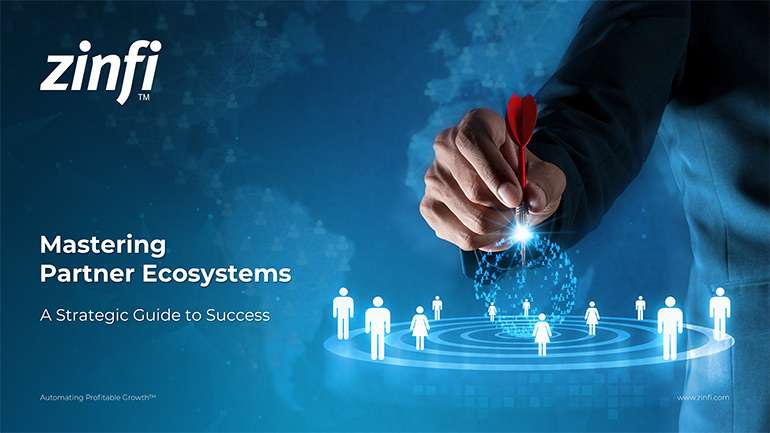 Mastering Partner Ecosystems Best Practices
Mastering Partner Ecosystems Best PracticesDownload Guide
 Mastering Partner Onboarding Best Practices
Mastering Partner Onboarding Best PracticesDownload Guide
 Partner Ecosystem Management Best Practices
Partner Ecosystem Management Best PracticesDownload Guide
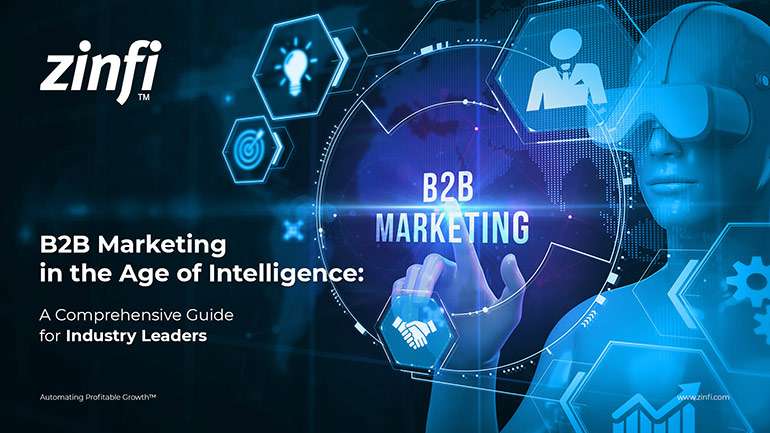 B2B Marketing in the Age of Intelligence Best Practices
B2B Marketing in the Age of Intelligence Best PracticesDownload Guide
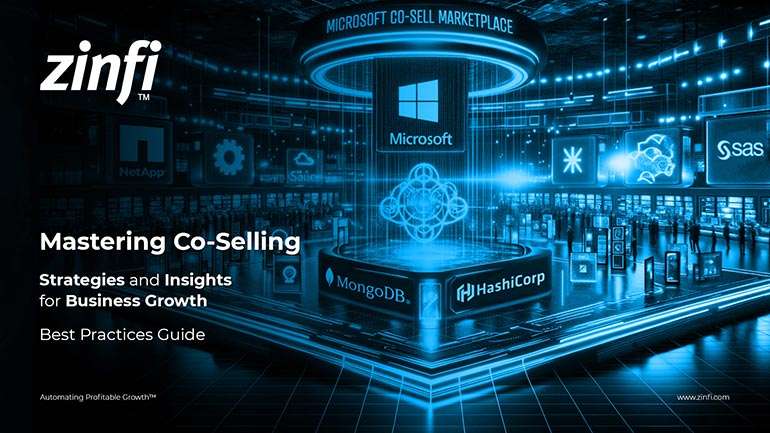 Multi-Partner Co-Selling Best Practices
Multi-Partner Co-Selling Best PracticesDownload Guide
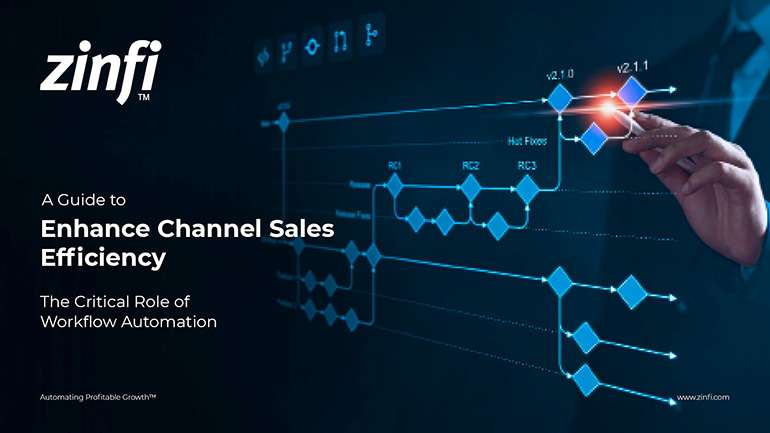 A Guide to Enhance Channel Sales Efficiency
A Guide to Enhance Channel Sales EfficiencyDownload Guide
 Mastering Affiliate Marketing Best Practices
Mastering Affiliate Marketing Best PracticesDownload Guide
All Guidebooks







